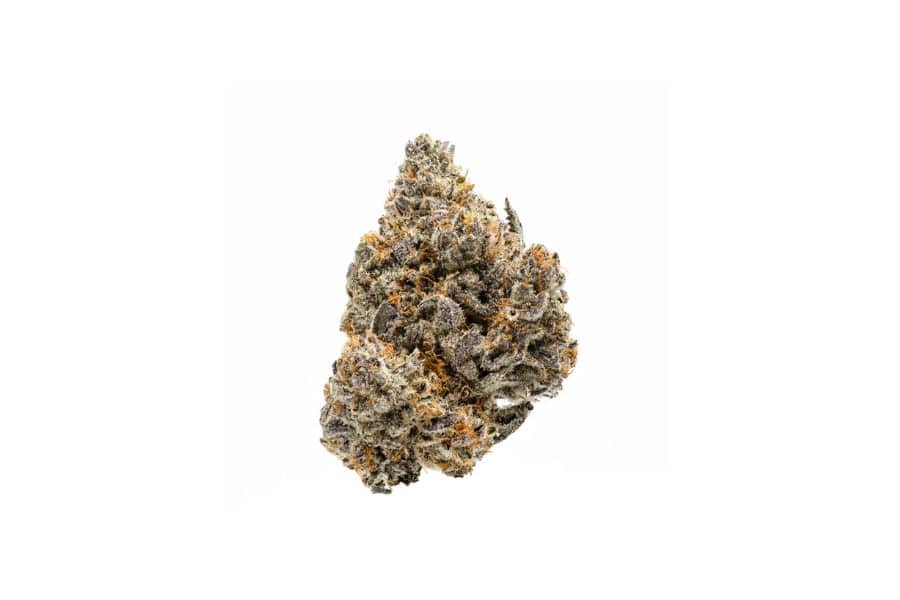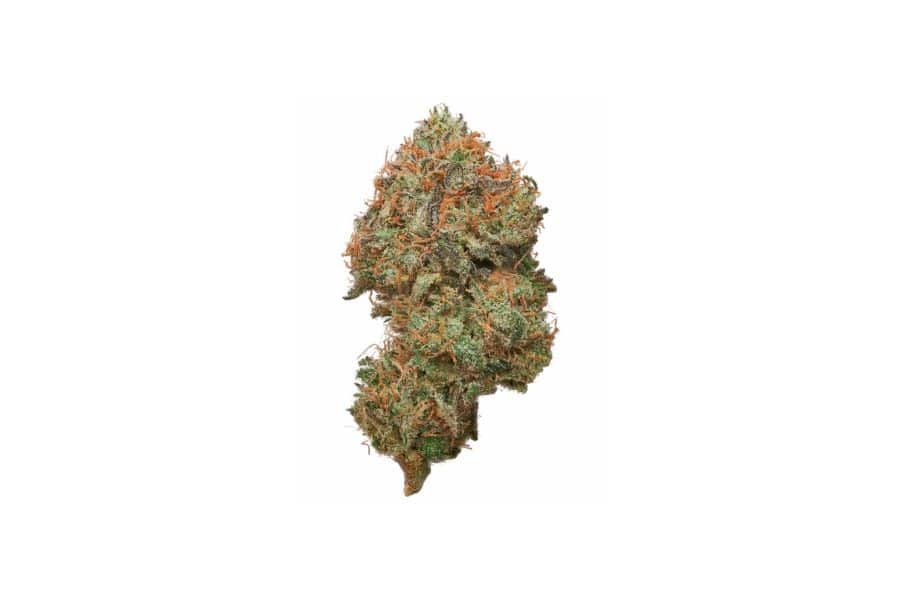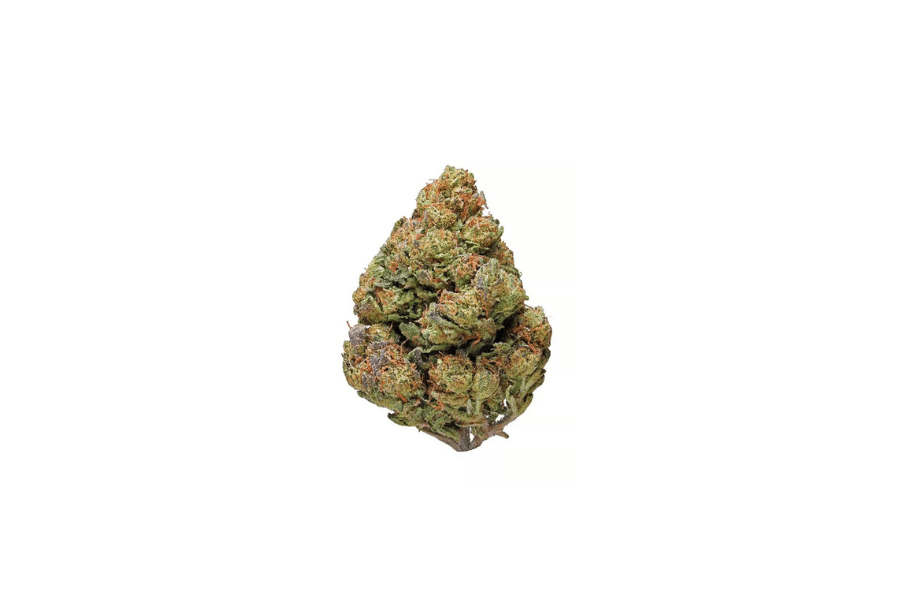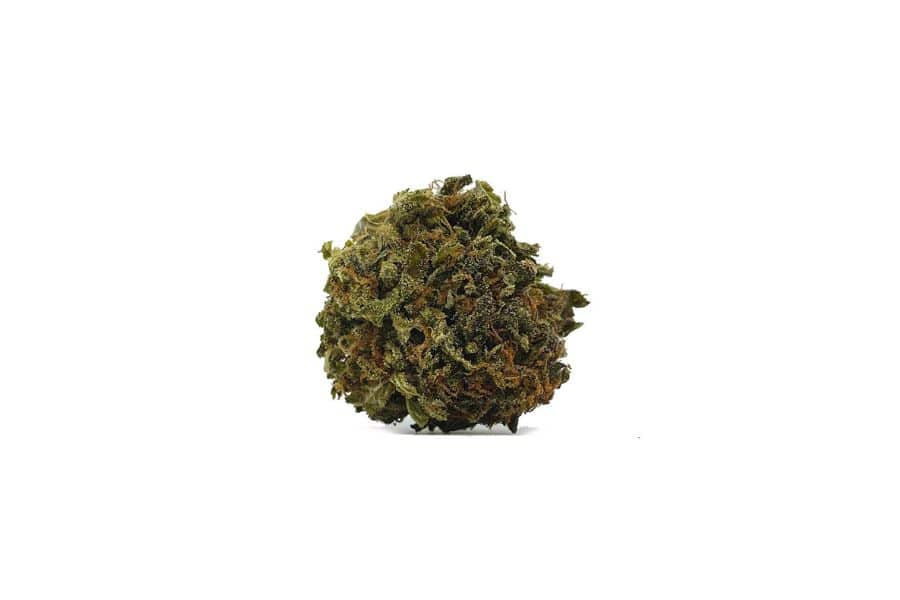Mango Haze
The information presented on this page is intended solely for descriptive purposes and should not be considered a review or medical advice. The actual effects of the cannabis strain may vary. It is important to use marijuana responsibly. We recommend that you consult a healthcare professional before adding cannabis to your health regimen.
Quick info
CBD
1%
THC
18%
Effects & Usage
Benefits
Mango Haze, a perfectly balanced hybrid, is renowned for its blissful, energetic high. With THC levels ranging from 15-23%, this strain emboldens the user with a sense of creative energy and motivation, accompanied by a gently relaxing body high. The strain has the genetics of three classic cultivars – Northern Lights #5, Skunk, and Haze. As such, you should expect a combination of effects that can benefit your body and mind.
Onset
The onset of Mango Haze is described as a slow embrace, a creeping high that delicately unfurls into an energetic and uplifting experience. It is a buildup to the moment when the beat drops – at which point you are buzzing with energy.
Far from the lethargy of its Indica relatives, it fuels talkativeness and a creative spark. Mango Haze is ideal for those moments of collaborative ideation, solitary thinking, or just getting things done. Use that energy to do the dishes, laundry, or whatever chore you have postponed for days and weeks.
Mango Haze is also an excellent wake-and-bake strain; its invigorating effects can help you tackle the day’s responsibilities or clear that mental block hampering your productivity.
That said, it’s a strain that respects the equilibrium. The Sativa traits last for a good 3-4 hours before a sense of relaxation gradually anchors the initial cerebral buzz. This prevents you from overstimulating your mind and allows for a relaxing time to reflect on what you have accomplished.
Uses
Medicinally, Mango Haze is often recommended for alleviating stress, mild depressive symptoms, pain, and fatigue. Given its moderate THC levels, many people have found some reprieve from their mental health conditions with this flower. Its uplifting nature can be particularly beneficial for those battling mood disorders. Physically, it’s known to relieve the nagging insistence of chronic pain, headaches, and muscle spasms without the sedation that would slow one’s day.
Side effects
Though Mango Haze is lauded for its benefits, it does not dance without a shadow. Some may experience dizziness, dry mouth, or dry eyes, common accompaniments to the cannabis experience. High doses might lead to heightened anxiety or paranoia, especially for users who are sensitive to THC.
Taste & Smell
When lit, its bouquet unfurls into the room, a symphony of strong mango and citrus notes with an earthy, spicy undertone. This is a testament to its diverse lineage. The taste mirrors this olfactory journey, a blend of sweet tropical fruit with an earthy haze, leaving a pleasant sweetness in its wake.
Aesthetically, Mango Haze is a feast for the senses. Its buds, large and elongated, are a tapestry of spring green with threads of yellow and orange pistils, all dusted with a golden sheen of trichomes.
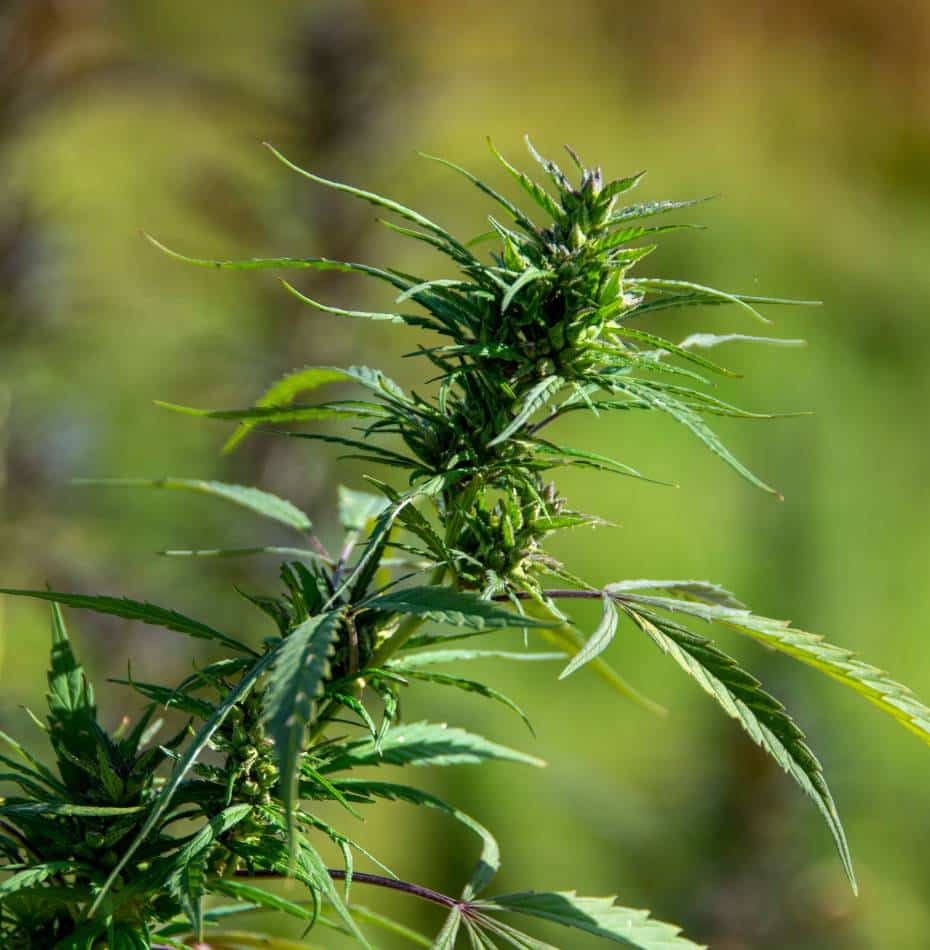
Origins
Bred by the famous Mr. Nice Seeds in the Netherlands, this strain is a harmonious blend of Northern Lights #5, Skunk, and Haze. It is worth noting that Mr. Nice Seeds has also gifted the world with other cult-classic cultivars like White Widow and Super Silver Haze.
Each parent strain imparts its signature – from the dreamlike high of Haze to the robust structure of Skunk and the potency of Northern Lights. It’s a lineage that speaks of careful cultivation and respect for the plant’s varied potential.
Growing conditions
Mango Haze demands attention and patience from its cultivator. With a flowering time of 8-11 weeks, it asks for an experienced hand to guide it to fruition. It’s worth noting that Mango Haze plants can be pretty pungent; indoor growers should consider proper ventilation.
Outdoors, they need a semi-humid climate with warm days to flourish truly – a true testament to their Sativa genetics. As such, the plant seems well suited to grow in Thailand’s climate.
The plants can produce decent yields under ideal conditions – ranging from 450 – 550 grams per metre square indoors and a much higher gram per plant ratio outdoors.

